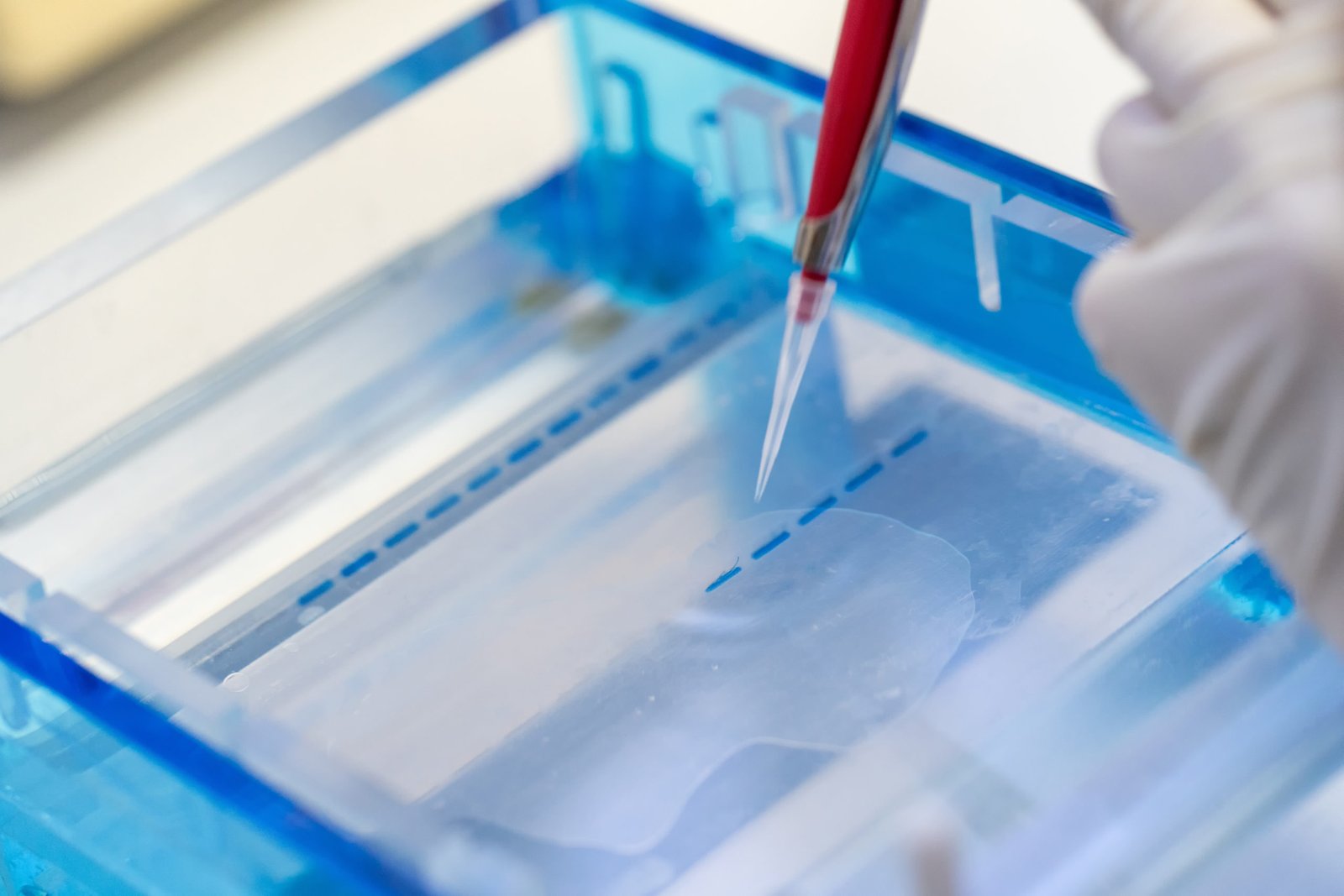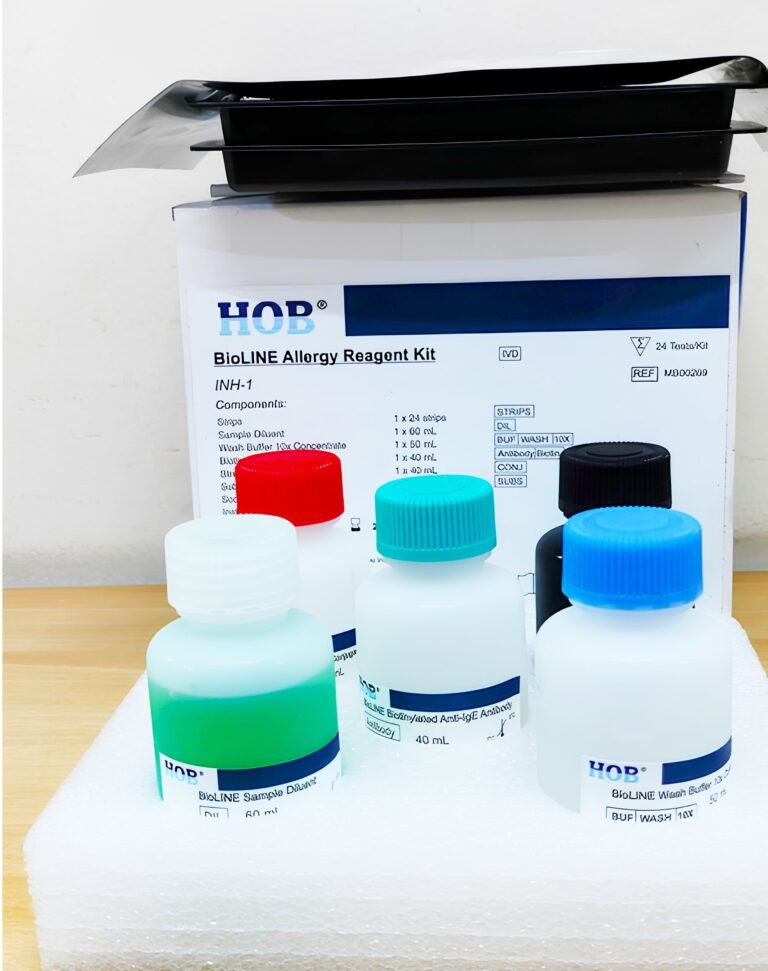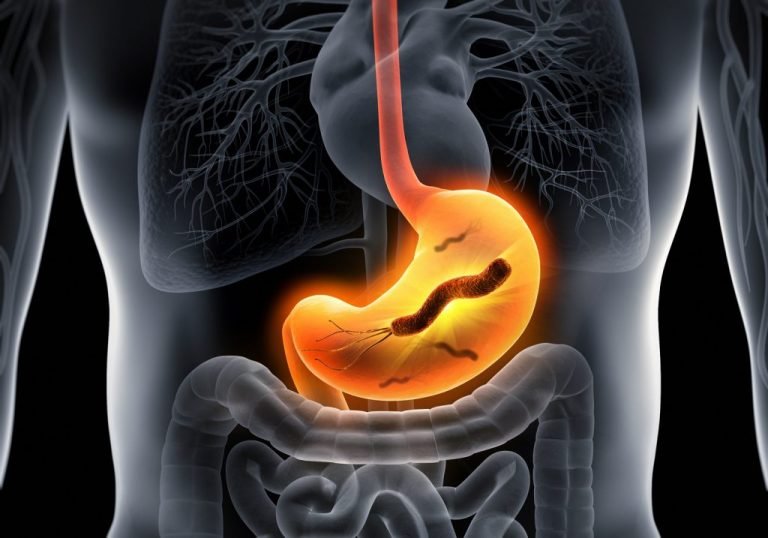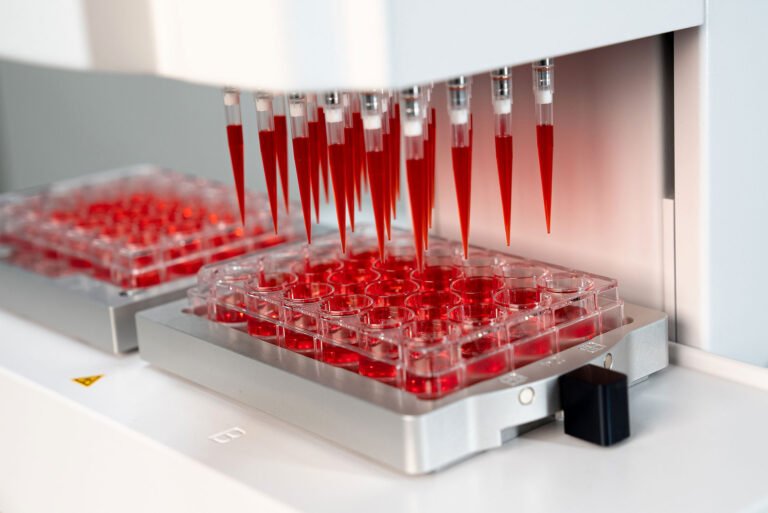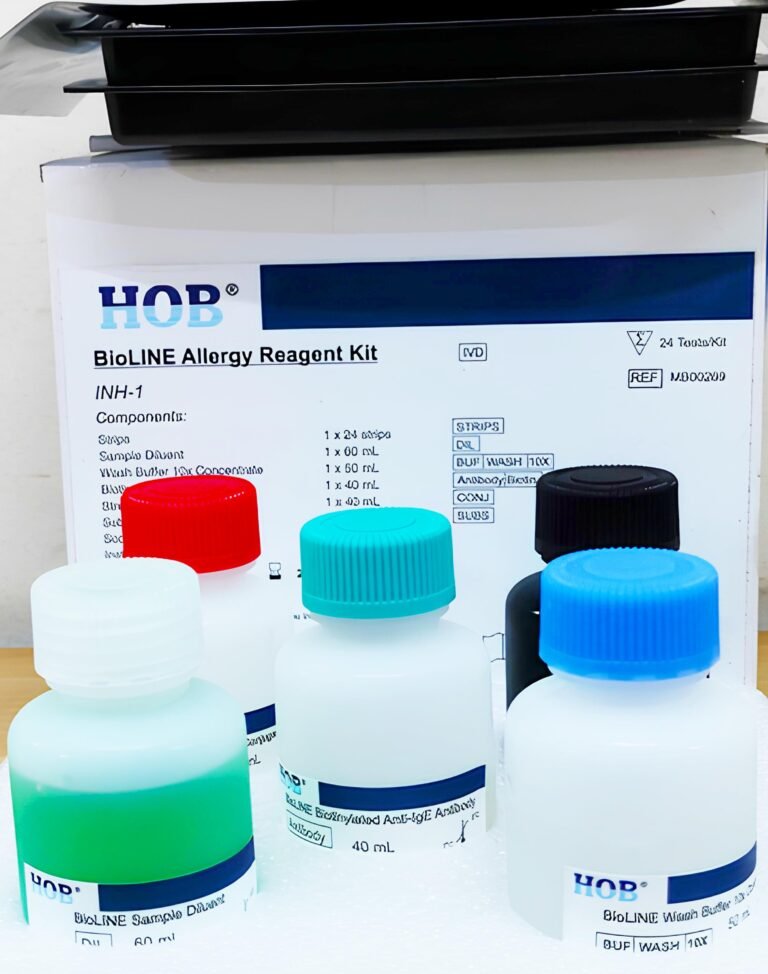Blotting Techniques for Diagnosis: A Comprehensive Overview
Blotting techniques are among the most critical molecular biology methods used for diagnosing various diseases. These techniques allow for the detection, identification, and quantification of specific biomolecules like DNA, RNA, and proteins. This blog will explore the different types of blotting techniques and their role in diagnostic applications.

What is Blotting?
Blotting is a laboratory technique used to transfer biomolecules from a gel matrix onto a solid membrane (typically nitrocellulose or PVDF) for subsequent detection using probes. The purpose of blotting is to identify and analyze the presence of specific DNA, RNA, or proteins in complex biological samples.
Blotting techniques are essential in clinical and research settings because they provide valuable diagnostic information. The three main types of blotting techniques include:
- Southern Blotting (DNA)
- Northern Blotting (RNA)
- Western Blotting (Protein)
Southern Blotting: Detecting DNA
Southern blotting is the technique used for identifying specific DNA sequences. Developed by Edwin Southern in 1975, it involves the following steps:
- Digestion: Genomic DNA is first digested with restriction enzymes to produce fragments.
- Gel Electrophoresis: The fragments are separated based on size using agarose gel electrophoresis.
- Transfer: The DNA is then transferred from the gel to a membrane.
- Hybridization: A labeled DNA probe complementary to the target sequence is applied to the membrane to detect the specific sequence.
Applications in Diagnosis
Southern blotting is used for diagnosing genetic disorders, such as sickle cell anemia and cystic fibrosis. It can detect mutations, deletions, and other structural changes in DNA.
Northern Blotting: Monitoring RNA Expression
Northern blotting focuses on RNA detection and analysis, allowing researchers to observe gene expression patterns at the mRNA level. The steps are similar to Southern blotting but involve RNA instead of DNA.
- Isolation of RNA: Total RNA is extracted from the sample.
- Gel Electrophoresis: RNA molecules are separated using gel electrophoresis.
- Transfer: The RNA is transferred to a membrane.
- Hybridization: A labeled RNA or DNA probe is used to detect specific mRNA.
Applications in Diagnosis
Northern blotting is useful in studying gene expression, especially in viral infections such as HIV. It is also applied in cancer diagnosis by evaluating the expression levels of oncogenes or tumor suppressor genes.
Western Blotting: Protein Analysis
Western blotting is the most widely used technique for protein detection. It allows for the identification and quantification of specific proteins in a sample. The process involves:
- Protein Extraction: Proteins are extracted from cells or tissues.
- Gel Electrophoresis: Proteins are separated based on molecular weight using SDS-PAGE.
- Transfer: Proteins are transferred to a membrane.
- Detection: The membrane is incubated with primary antibodies that bind to the target protein. A secondary antibody, conjugated to an enzyme or fluorescent tag, enables visualization.
Applications in Diagnosis
Western blotting is commonly used in diagnostics for confirming infections like HIV and Lyme disease. It is also employed in identifying protein biomarkers for diseases such as Alzheimer’s and various cancers.
Other Blotting Techniques
Eastern Blotting
Eastern blotting is a technique used to detect post-translational modifications of proteins, such as glycosylation or phosphorylation. This method is important for diagnosing autoimmune diseases, where protein modifications may alter immune recognition.
Far-Western Blotting
This technique is used to study protein-protein interactions by utilizing a labeled protein as a probe instead of antibodies. Far-Western blotting helps in understanding disease mechanisms at the molecular level, particularly in cancer and neurodegenerative disorders.
Significance of Blotting in Diagnostics
Blotting techniques provide unparalleled specificity and sensitivity in detecting biomolecules. They play a crucial role in:
- Genetic Testing: Identifying mutations responsible for inherited diseases.
- Infectious Disease Diagnostics: Detecting viral, bacterial, and parasitic infections.
- Cancer Diagnosis: Profiling proteins and genes involved in cancer progression.
- Biomarker Detection: Identifying specific proteins as indicators of disease presence or progression.
Conclusion
Blotting techniques have revolutionized molecular diagnostics, providing clinicians with the tools to detect and analyze biomolecules critical for diagnosing various diseases. Whether it’s identifying a DNA mutation, measuring RNA expression, or detecting a protein, blotting remains an indispensable method in modern medical diagnostics.
The continuous evolution of these techniques, combined with advances in probe technology and automation, promises even more accurate and rapid diagnostic capabilities, ultimately improving patient outcomes.

